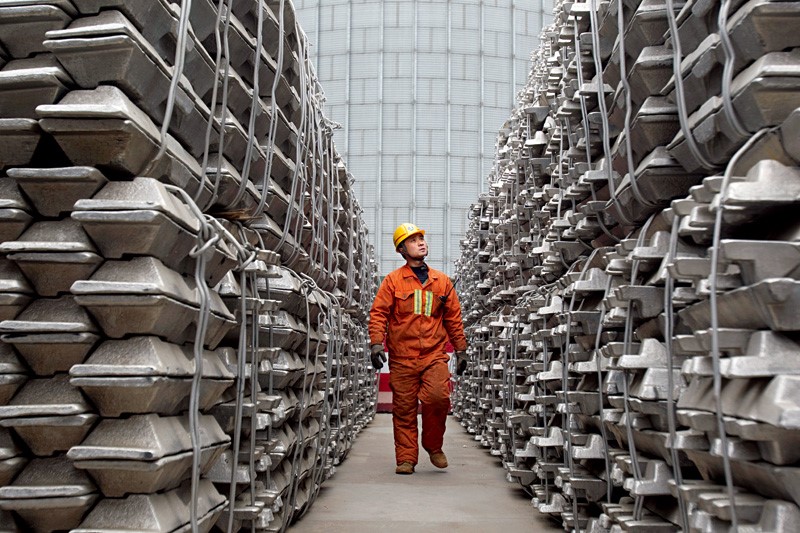

The International Aluminium Institute (IAI)'s most recent monthly assessment shows that during the first three months of 2023, the world's primary aluminium production increased by 2.0 per cent y-o-y to 16.9 million tonnes. Restarts and reductions in aluminium production outside of China mainly balance each other, resulting in a plateau.

China, which contributes around 57- 60 per cent of global primary metal production, increased output by 3.9 per cent compared to the first quarter of 2022, and the growth rate dipped by 0.9 per cent in March. In the hydro-rich region of Yunnan, where power-intensive smelters have been instructed to scale back operations to aid with a severe drought, lower production is not being countered by new or restarted capacity.
The weather patterns in China's southern regions now significantly impact the country's aluminium production. The global aluminium market is in the same boat.
Yunnan province produced 4.2 million tonnes of aluminium in 2022, or around 12 per cent of China's total capacity. As Chinese aluminium producers shifted from coal-fuelled provinces in an effort to manufacture low-carbon aluminium using hydroelectricity, it became a production hub that was quickly expanding. However, hydropower production depends on rainfall, and Yunnan is currently suffering from its worst drought in decades.
In order to balance the power grid, industrial energy users, including aluminium smelters, have been instructed to reduce their operations. Currently, the province's aluminium production capacity is down by almost two million tonnes. The losses in Yunnan have yet to be made up for by other provinces restarting capacity or installing additional electrolysis lines.
Responses








